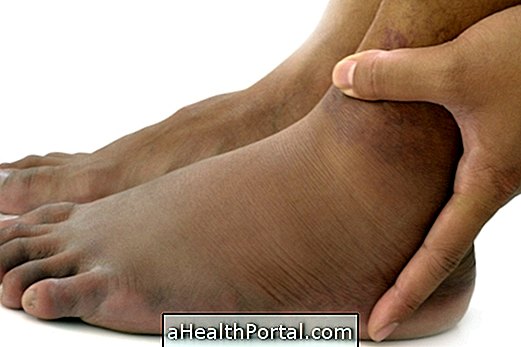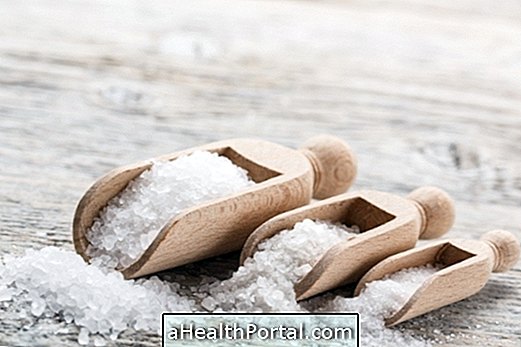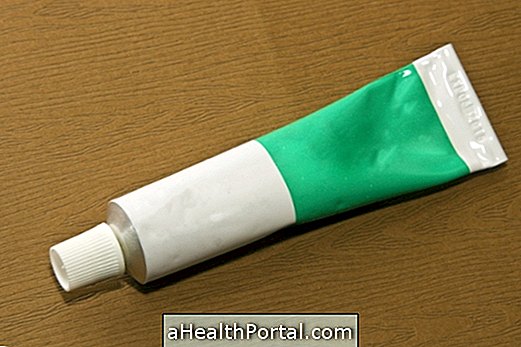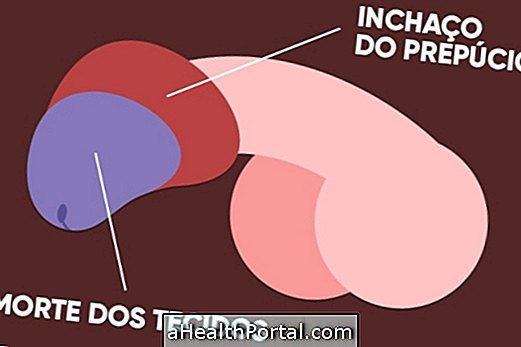There are several causes that can cause a lump in the anus, some of them, such as hemorrhoids, are not serious and may disappear without specific treatment, but others, such as an anal abscess or cancer, are more serious and usually require medical treatment.
Thus, it is always best to consult a proctologist or general practitioner, especially if the lump is very painful, preventing you from walking, increasing your size, or taking more than a week to reduce your size, for example.

1. Hemorrhoids
Hemorrhoids are the most common cause of lump in the anus, because as they arise due to the dilatation of a vein, it is common the appearance of a small soft ball in the anal region. In these cases, other symptoms such as itching, pain on stool, and blood in the stool may still appear. See other symptoms of hemorrhoids.
How to treat : In most cases you should only make a diet that facilitates the elimination of feces, such as eating fiber foods and drinking 2 liters of water per day. However, making seat baths and avoiding the use of toilet paper are also good options to relieve discomfort. Here are more tips on easing discomfort:

2. Anal Wart
Warts are small nodules on the skin that may also appear in the anal region and do not cause pain or discomfort, being caused by infection of the HPV virus in the region. Generally, this type of infection is more common in cases where anal sex without condoms is practiced, especially when there is more than one partner.
How to treat : It is necessary to pass specific ointments to eliminate warts, such as Cidofovir or trichloroacetic acid, prescribed by a proctologist. However, the virus is only eliminated from the body after several years and therefore, the warts can re-emerge. Learn more about genital warts and how they are treated.
3. Anal abscess
Although it is more rare, the anal abscess can cause the development of a lump near the anus. This happens because the abscess is an accumulation of pus that arises due to an infection in the region, which can be caused by a blocked gland or a sexually transmitted disease, for example.
How to treat : it is almost always necessary to remove the accumulated pus inside the abscess and, therefore, one should go to the proctologist. However, in the most severe cases, where the abscess is very large, surgery may be recommended to remove pus and facilitate healing of the site.
4. Molluscum contagiosum
Molluscum contagiosum, also known as Molluscum contagiosum is a skin problem caused by the virus poxvirus, which generates the formation of small lumps in the skin and that can also affect the perianal region, especially when there is unprotected intimate contact.
How to treat : The treatment is similar to that of genital warts, and can be done with the application of ointments prescribed by the proctologist, which may contain salicylic acid or an antiviral. In addition, in some cases, it is also possible to choose to use cryotherapy or laser to destroy the lesions. Understand better how the treatment is done.
5. Anal cancer
This is the rarest cause of a lump in the anus, but it is also the most serious, which needs to be identified as soon as possible by the proctologist so that the treatment is more successful. In these cases, besides the lump can still appear constant pain in the anus, itching, difficulty to defecate or presence of blood in the stool.
How to treat : Treatment needs to be discussed with a proctologist, but usually done using chemotherapy or radiation therapy. However, if the tumor is small it may still be thought of the option of removing it with surgery, for example. See more about anal cancer and how to treat it.






















